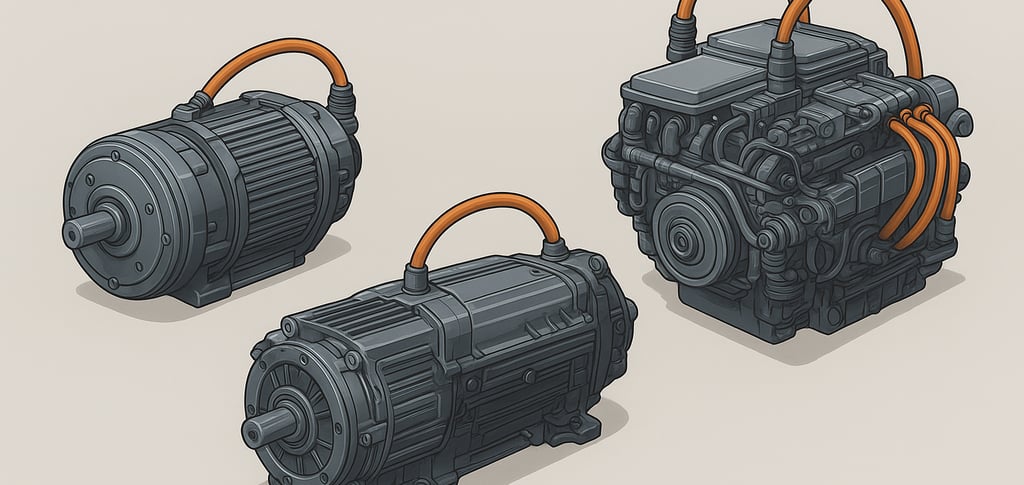Connecting the Unconnected: How Citation Analysis Sparks Innovation
This blog post uncovers details about forward and backward citations in patent and non-patent literature.


Connecting the Unconnected: How Citation Analysis Sparks Innovation
Introduction
Innovation does not always begin with a brand-new idea. Sometimes, the smartest breakthroughs come from looking at how earlier inventions have been applied and adapted over time. By exploring patent and research citation data, inventors can uncover hidden opportunities, discover new applications for their technology, and build stronger intellectual property portfolios.
Learning from What Already Exists
Every invention leaves a trail of information in the form of patents and research papers. These documents are publicly available and contain valuable insights. Instead of working in isolation, inventors can study these records to see how similar technologies have been used before and where they might lead in the future.
Finding Similar Technologies as a Starting Point
An effective way to begin is by searching for an older patent that resembles your invention. Even if that earlier design is less advanced, it acts as a foundation for exploring new directions.
The Power of Forward Citations
The real treasure lies in forward citations—new patents that reference older ones. By analyzing this network of citations, an inventor can see how an idea has evolved across different industries.
Example:
Imagine you’ve designed a new type of automobile engine. If you examine an older engine patent and then review its forward citations, you might notice that:
Some improvements were adapted for motorcycles.
Others were used in hybrid or electric vehicles.
Still others found applications in stationary machines like power generators.
This exploration can spark fresh ideas and open the door to filing additional patents.
Building a Strong Patent Portfolio
When inventors file multiple patents that connect to each other, they create a patent portfolio. Such portfolios are valuable business assets. Companies may choose to:
Sell them as a package to other organizations, or
License them to earn revenue and recover research and development costs.
Patents that attract many forward citations are often considered more valuable, as they show strong influence on future technologies.
Extending the Approach to Research Publications
The same logic applies beyond patents. Technical and scientific papers also contain citation data. By analyzing these connections, researchers can generate new ideas, identify emerging trends, and uncover fresh pathways for innovation.
Conclusion
By studying how inventions and publications are linked through citations, innovators can discover new uses for their work, expand into fresh domains, and strengthen their intellectual property. This approach not only accelerates innovation but also creates profitable opportunities through smarter patenting strategies.
